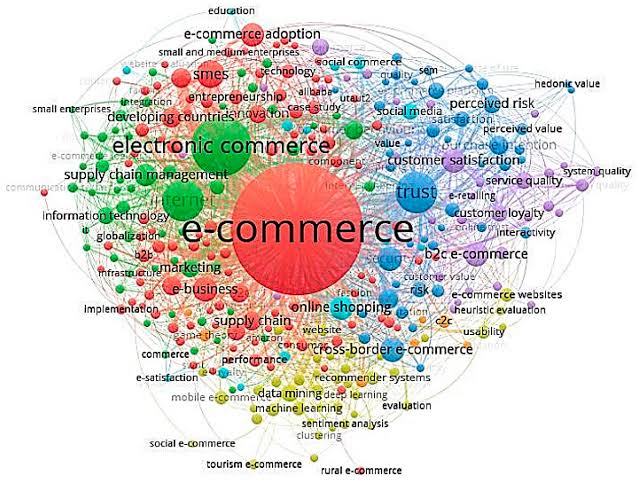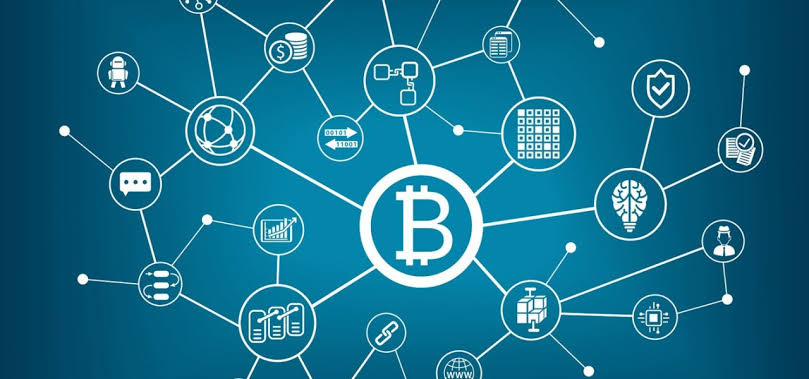The rise of online shopping has reshaped how people buy products and interact with brands. With the convenience of digital marketplaces, consumers no longer need to visit physical stores to get what they want. This shift has led to new patterns in consumer behavior, from how people search for products to the expectations they hold about price, delivery, and overall shopping experiences.
Convenience as the Driving Force
One of the main reasons online shopping has grown rapidly is convenience. Consumers can browse products at any time of day, compare prices instantly, and make purchases without leaving their homes. This accessibility has made shopping less of a planned activity and more of a continuous, on-demand behavior.
Many shoppers now rely on mobile devices for instant purchases. For instance, a product seen on social media can be ordered within seconds, showing how convenience drives impulse buying more than ever before.
Shifting Price Sensitivity and Comparison Habits
Online platforms have also made price transparency a standard expectation. Consumers now compare prices across multiple websites before making a purchase. Discount codes, seasonal sales, and flash deals have become powerful motivators that influence buying decisions.
As a result, shoppers are increasingly price-sensitive and less loyal to specific retailers. They choose brands that not only offer good products but also competitive pricing and clear value propositions.
Influence of Reviews and Social Proof
Product reviews and ratings are now one of the strongest factors affecting consumer behavior online. Before making a purchase, many people check customer feedback to ensure product quality and reliability.
Social proof, such as influencer endorsements and user-generated content, also drives buying decisions. Consumers feel more confident purchasing items when they see others positively engaging with the product or brand.
Personalization and Tailored Experiences
E-commerce platforms have embraced personalization through algorithms that recommend products based on browsing history, purchase behavior, and preferences. Consumers have grown to expect this level of personalization, seeing it as a sign of efficiency and customer care.
Personalized shopping experiences encourage higher spending, as customers are more likely to purchase items they feel are relevant to their needs and lifestyle.
Changes in Brand Loyalty
Online shopping has disrupted traditional brand loyalty. In the past, shoppers often returned to the same physical stores out of habit or proximity. Today, with countless options available at their fingertips, consumers are less attached to a single brand.
Loyalty is now driven more by customer experience, delivery speed, return policies, and customer service. Brands that fail to meet these expectations risk losing customers to competitors with better offerings.
Growth of Impulse Buying
The ease of online shopping, combined with targeted ads and one-click purchase features, has significantly increased impulse buying. Many consumers make spontaneous purchases based on flash deals, recommendations, or limited-time offers.
This behavior is reinforced by marketing tactics such as countdown timers, limited stock alerts, and personalized discounts, which create a sense of urgency.
Expectations of Fast and Reliable Delivery
Delivery speed has become a major factor shaping consumer behavior. Online shoppers expect not only quick but also reliable delivery services. Same-day or next-day shipping has become a competitive advantage for many retailers.
Consumers are also more likely to abandon carts if delivery fees are high or if shipping times are too long. Free delivery options and easy return policies strongly influence final purchasing decisions.
Rise of Sustainable and Ethical Shopping
As awareness of environmental and ethical issues grows, consumers are making more conscious choices in their online shopping. Many shoppers now prefer brands that highlight sustainability, eco-friendly packaging, and fair trade practices.
This trend reflects a shift in consumer values, where buying decisions are increasingly influenced by corporate responsibility and transparency.
Mobile Shopping and Multi-Channel Experiences
The popularity of smartphones has made mobile shopping a dominant trend. Many consumers browse and purchase directly from apps, social media platforms, and e-commerce websites optimized for mobile use.
This shift has created a demand for seamless multi-channel experiences, where consumers expect to move between online platforms, apps, and even physical stores without disruption.
Conclusion
Online shopping has had a profound impact on consumer behavior trends, shaping expectations around convenience, personalization, price comparison, and delivery. Consumers today are more empowered, less brand-loyal, and more influenced by reviews, social proof, and ethical considerations. As technology continues to evolve, these behaviors will keep changing, pushing businesses to adapt their strategies to meet new demands.



